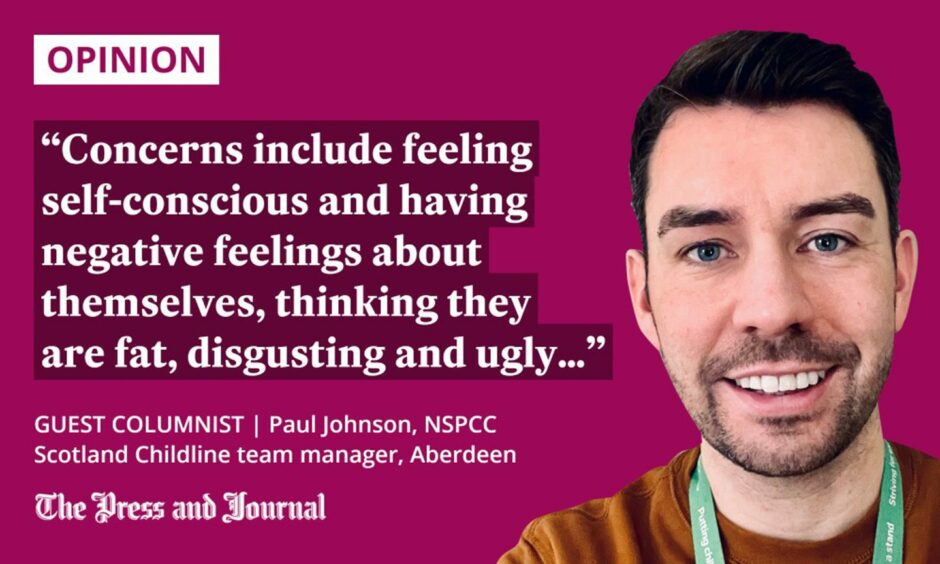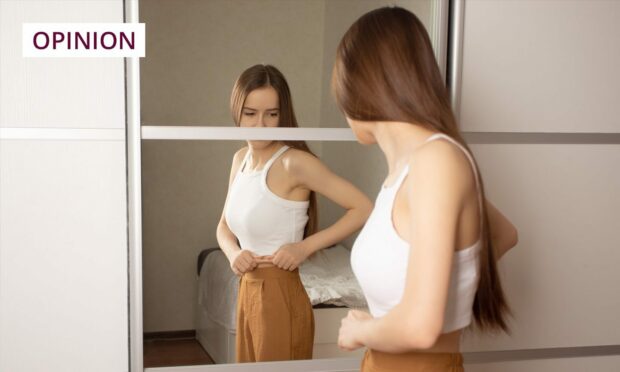Body image is something that many children and young people worry about.
This is understandable considering the changes and developments they are going through. But with outside influences such as social media, young people can feel even more pressured to look a certain way to fit in.

Between April 2021 and March 2022, Childline has delivered 5,085 counselling sessions in Scotland and across the rest of the UK on concerns about body image, a 6% increase from 4,787 in 2019/20.
Social media’s impact on body image
Concerns and common themes that children have mentioned during these sessions include feeling self-conscious and having negative feelings about themselves, thinking they are fat, disgusting and ugly, controlling their eating to deal with mental health issues, counting calories and feeling worried about what others think of their eating habits.
We believe one of the reasons that children and young people are feeling low about their appearance is the increasing amount of time they spend on social media, particularly since the start of the pandemic.
With most young people now well into the summer holidays, we want to remind them that Childline’s trained counsellors are here to support them and that they don’t have to cope alone.
There are ways that can help young people to become more body positive. Being body positive doesn’t mean they need to like everything about their body – it’s all about accepting it as it is. Focusing on the things that make them feel good about it can help them to feel better about their body overall.
Helping children feel body positive
Making a list of positive things about their body and reading it every morning could help a young person to start the day feeling good about themselves. If they find it difficult to think of things, they could ask a close friend or parent or carer to tell them one positive thing about how they look and add to the list too. This can help boost their confidence.
It’s important children know they can talk to adults they trust for help and support
It can be tough for children and young people to recognise that they don’t have to change anything about themselves to fit in. Encourage them to be themselves and accept that the things they are happy with and the things they are unhappy with are both part of what makes them individual and unique.
And as always, it’s important children know they can talk to adults they trust for help and support. They can also contact our Childline counsellors on 0800 1111 or online at www.childline.org.uk, where they can also speak to other young people who might be feeling the same way via moderated message boards.
Paul Johnson is the NSPCC Scotland Childline team manager for Aberdeen

Conversation